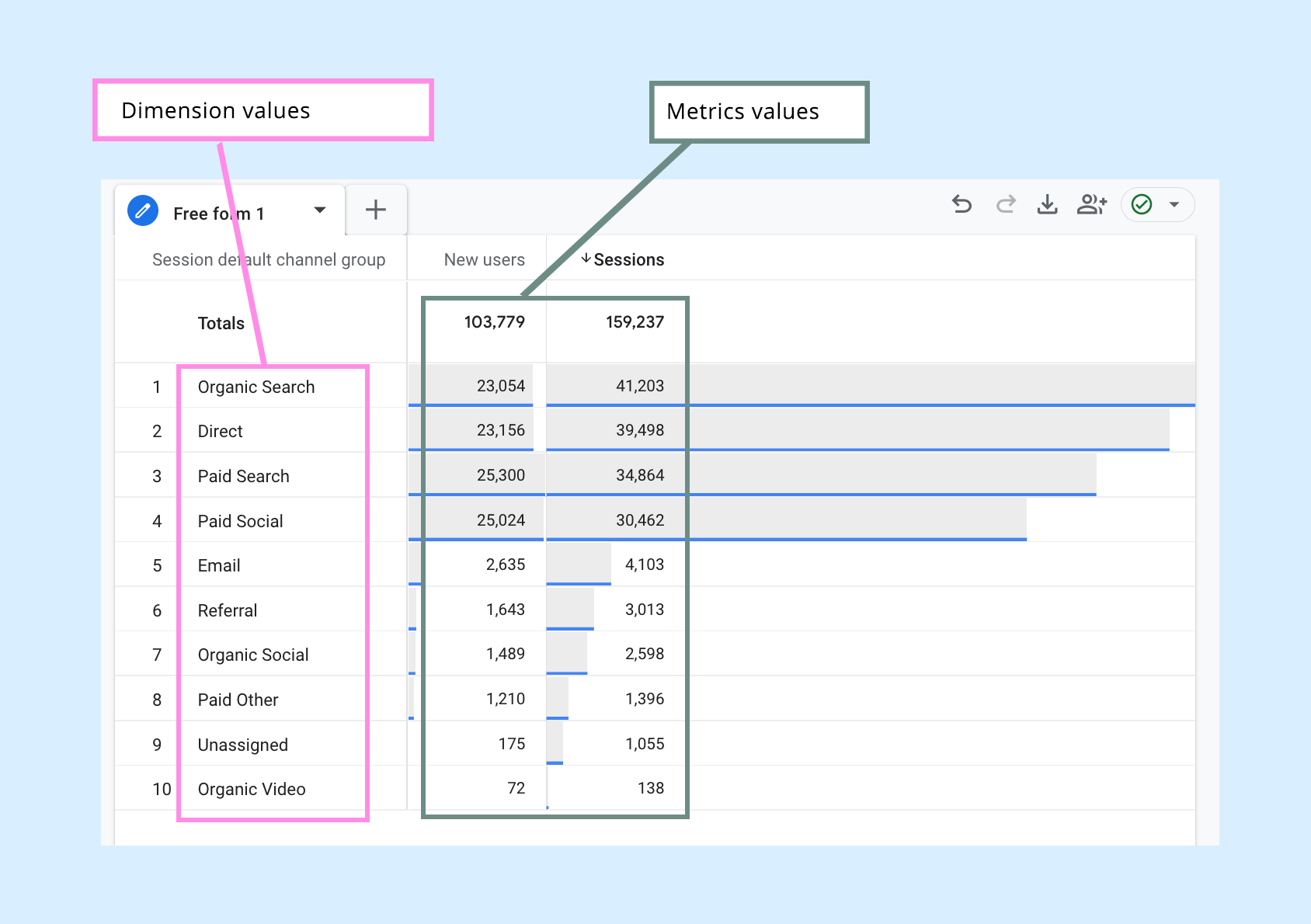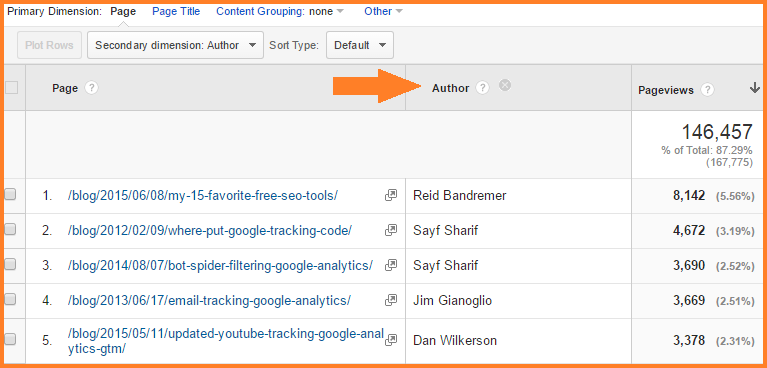Enhance Your Information Evaluation Utilizing Second Measurement in Google Analytics
Discovering the abilities of additional measurements in Google Analytics opens up a world of possibilities for refining information evaluation. By layering added measurements onto main information collections, an even more elaborate narrative arises, shedding light on user communications and efficiency indications.
Recognizing Additional Dimensions
In the world of data analysis, a critical facet to understanding is the idea of second measurements and their relevance in removing much deeper insights from Google Analytics records. Second dimensions in Google Analytics describe added parameters that can be contributed to the primary measurement, permitting a much more detailed analysis of information. By including secondary measurements, experts can section and filter data to reveal patterns, fads, and relationships that may not be obvious when looking at the information all at once. These second dimensions can supply context and a much more detailed understanding of customer habits, website traffic sources, and other vital metrics tracked by Google Analytics.

Benefits of Utilizing Second Measurements
When assessing information in Google Analytics, the use of second measurements offers very useful understandings into user actions and performance metrics. By adding a second dimension to your key information, you can delve much deeper into the attributes of your website visitors and their interactions.
Additionally, second measurements improve the context of your primary information, offering an extra extensive sight of individual involvement and efficiency metrics. On the whole, the usage of secondary measurements in Google Analytics can significantly boost the depth and quality of your information evaluation, leading to more enlightened decision-making and enhanced results.
Exactly How to Include Additional Dimensions
By including secondary measurements in Google Analytics, customers can get much deeper understandings right into their data analysis procedure, allowing for more detailed evaluation of user actions and efficiency metrics. Including additional measurements is a straightforward process that can dramatically improve the deepness of evaluation. When in the record, situate the "Second measurement" tab over the data table.
Studying Data With Secondary Dimensions
Utilizing secondary measurements in information evaluation offers a much more thorough understanding of user behavior and performance metrics. By including an additional measurement to your primary information established in Google Analytics, you can dig deeper right into the features of your website site visitors and their communications. see For instance, combining the primary dimension of 'source/medium' with the secondary measurement of 'landing web page' can expose which details web pages are attracting web traffic from different sources, aiding you maximize these pages for much better involvement.

In significance, assessing data with additional dimensions equips you to get valuable understandings into user habits, recognize patterns, and make informed decisions to boost the performance of your digital residential properties.
Ideal Practices for Additional Measurements
In information evaluation, integrating second dimensions effectively can substantially boost the deepness of understandings stemmed from metrics and look these up customer actions patterns. When utilizing secondary measurements in Google Analytics or any other analytical device, it is essential to abide by ideal techniques to ensure the accuracy and importance of the data analysis.
One key finest technique is to meticulously select second dimensions that complement the primary measurement being analyzed. Selecting additional measurements that supply added context or more division can provide a much more extensive understanding of the data. It is more tips here additionally important to stay clear of overcomplicating the evaluation by including as well numerous secondary dimensions, which may bring about complication or dilution of insights.
Moreover, it is advisable to experiment with different mixes of second and key dimensions to uncover brand-new connections and patterns. Frequently evaluating and fine-tuning the selection of second dimensions based upon the certain goals of the analysis can cause even more actionable insights. By complying with these ideal methods, information analysts can leverage secondary dimensions effectively to improve the general data evaluation process and decision-making capacities.

Conclusion
Finally, integrating second dimensions in Google Analytics is essential for an extensive information analysis method. By leveraging secondary measurements along with key ones, analysts and marketers can uncover important understandings and connections that can notify decision-making and enhance electronic advertising strategies. Comprehending just how to successfully make use of secondary dimensions and complying with finest methods will certainly permit professionals to extract meaningful data and boost their general performance metrics.
Secondary dimensions in Google Analytics refer to additional parameters that can be included to the key dimension, allowing for a more in-depth analysis of data. By including secondary measurements, experts can segment and filter data to uncover patterns, fads, and relationships that might not be obvious when looking at the data as a whole. Combining the main dimension of 'source/medium' with the second measurement of 'touchdown page' can expose which particular pages are attracting traffic from different resources, helping you enhance these web pages for far better engagement.
One key best technique is to very carefully select second dimensions that complement the main measurement being evaluated. By adhering to these finest practices, information analysts can utilize secondary measurements successfully to improve the general data analysis procedure and decision-making capacities.